Action photography has always been about anticipation. If you push the shutter button when you see the peak moment, you’ve missed it. Not anymore. At least not for those photographers using the Nikon Z 9. Here’s why.
What if you could always capture peak action, whether a bird landing at a feeder or a batter hitting a ball? With Nikon’s release of Firmware 2.0 for the Z 9, and the “Pre-release” option, that’s now possible. It’s a feature some point-and-shoots have had, as well as a couple of 4/3 cameras (Olympus, in particular). But Nikon’s the first of the big three manufacturers to put it in a serious, high-resolution camera. And you can bet that Canon and Sony will be eager to catch up.
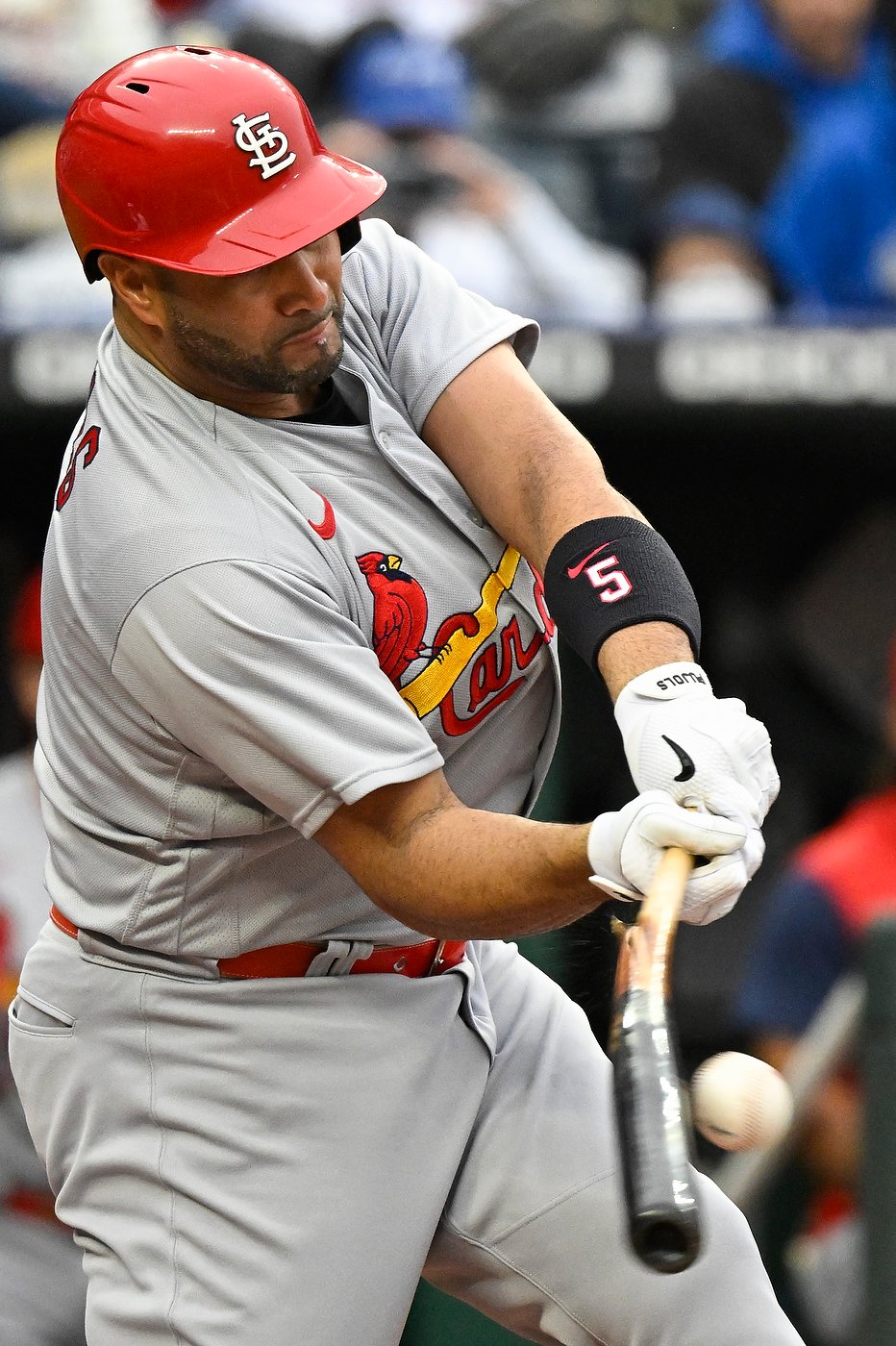
Photos like this aren’t just possible now, but a regular thing with the Pre-release feature. To get this moment, and the following photo, I waited to shoot until after I saw the St. Louis Cardinals’ Albert Pujols hit the ball in a recent game against the Kansas City Royals, and ended up getting him breaking his bat.
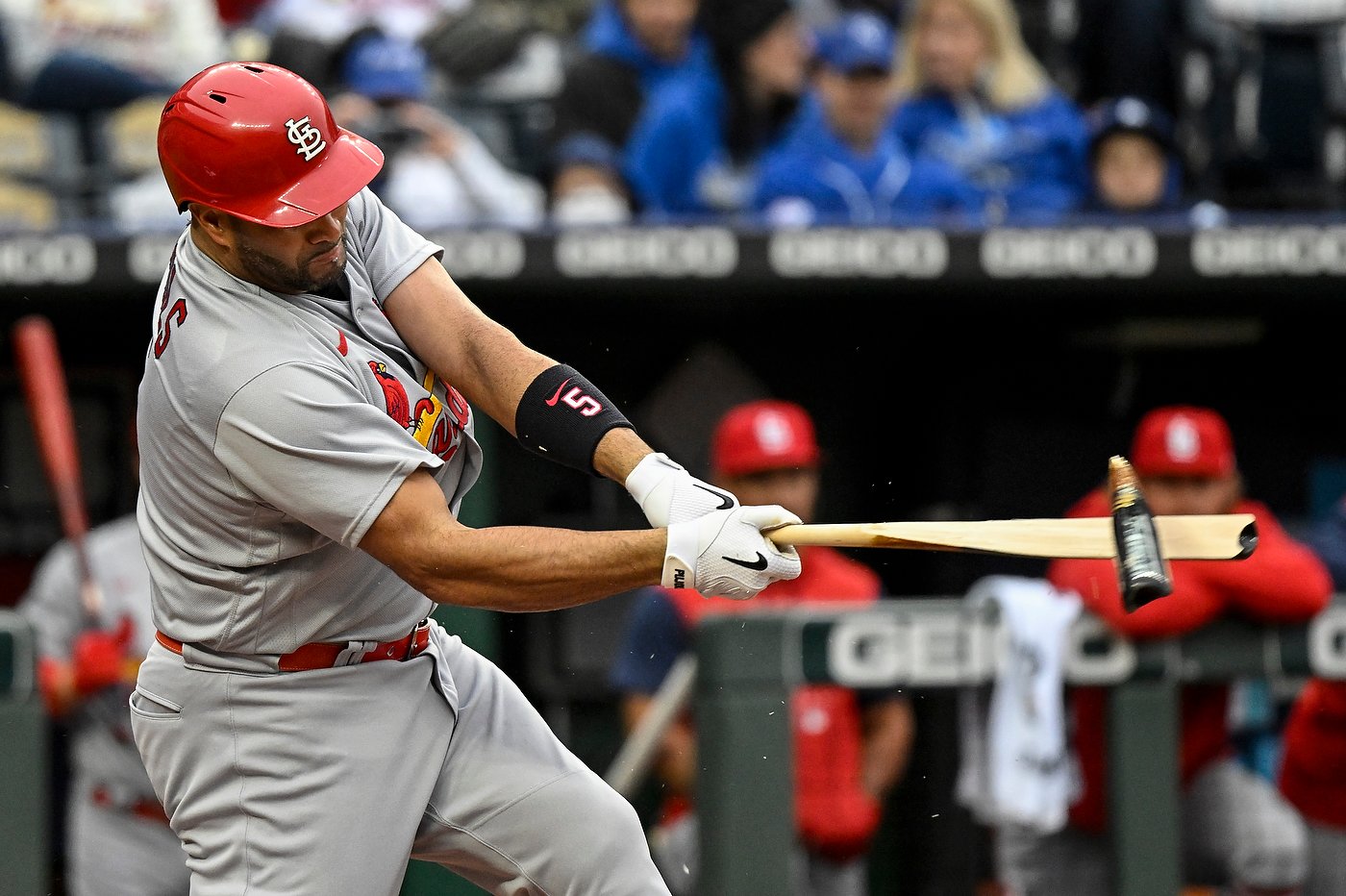
And this was the next frame. The photographers around me say I’m cheating. They’re shooting a burst of frames at every pitch, but I just wait until the batter actually hits the ball. I like cheating!
In photography, there’s always a slight lag between when the shutter button is pressed and the capture happens. That’s why fast-action photography has always been about anticipation. The rule is, if you see the moment, it’s too late – you’ve missed the shot. That’s why the best sports photographers are really good at timing their shots for when they think the action will happen. That’s part of what makes them so good. But even then, it’s still hit and miss. Now, with this feature, it’s mostly hit and hit. The secret is that the camera lets you go back in time. Sounds crazy, but here’s how that works.
When you select the Pre-release option on the Z 9, you can choose 30 frames-per-second at 45-megapixels or 120 frames-per-second at 11-megapixels (JPEG only, RAW not available at this time). After that you have a few other options to choose from. First is “Pre-release burst,” which can be .3, .5, 1-second or None. Choosing anything but “None” means that as soon as you press halfway on the shutter button, the camera starts recording images to internal memory, in a loop. But, it doesn’t write any of those images to the memory card until you press completely down. In other words, until you take a picture. And that’s changed how I shoot action when using this. In the past, if I’m watching through the viewfinder and see the bird launching from the branch, or the batter hitting the ball, I didn’t bother taking a picture because I’d already missed it. Now, however, I wait until after I see the action, then press the shutter button, knowing the camera will write the images of what had already happened to the card, in addition to what I’m seeing and shooting now.
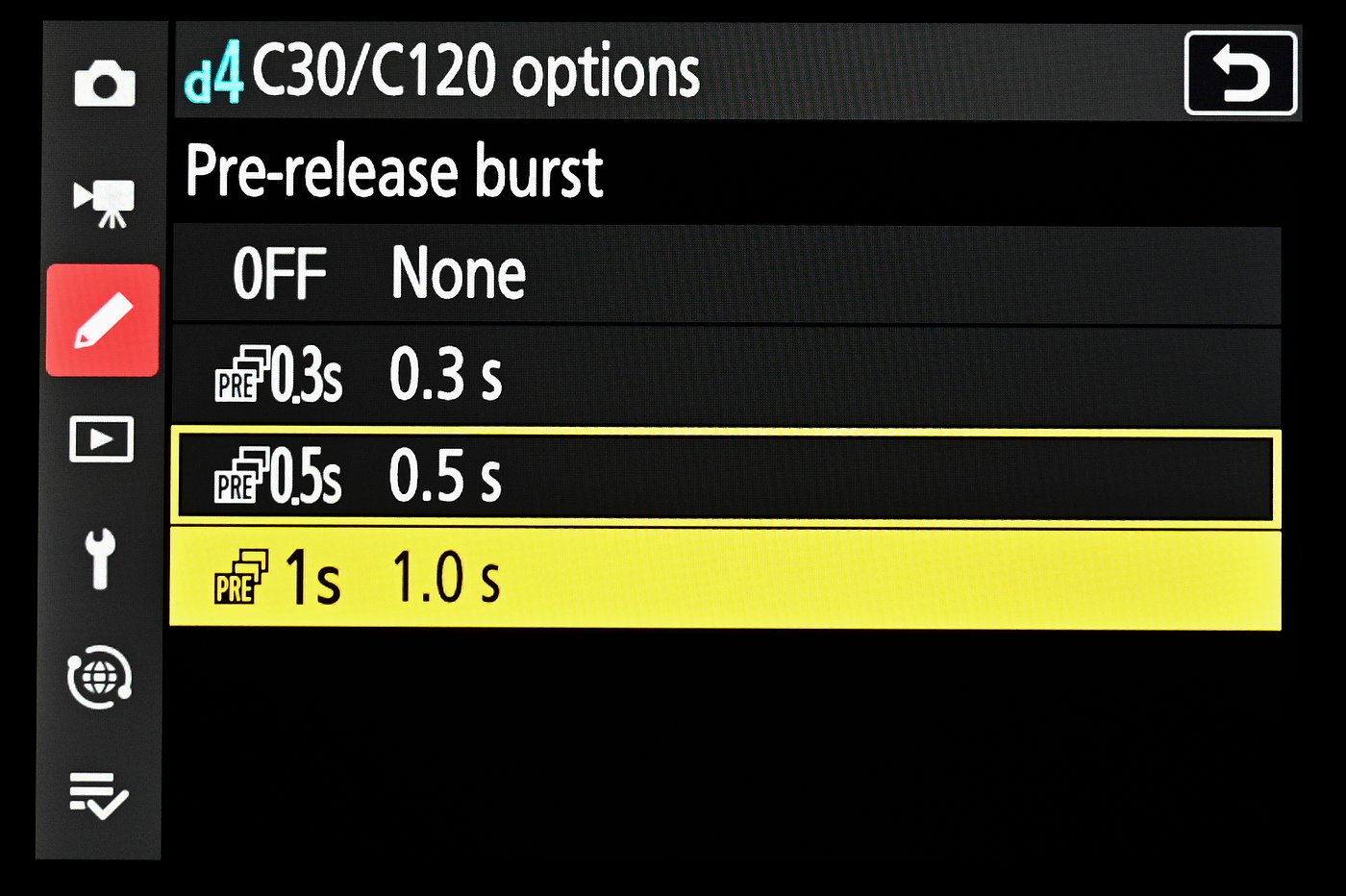
With Pre-release turned on, I can then tell the camera how far back in time I want it to go in recording images after I actually press the shutter button.
I had to practice photographing birds for a while until I got the hang of this. It’s difficult to break the habit of trying to anticipate the action, so at first, I missed several nice photos because the bird flew off and I forgot to press because I was thinking I’d missed the shot. After a bit, though, I adapted to the change. Now, when covering baseball, I switch the camera between how I normally shoot – at 15 frames-per-second – and Pre-Release, at 30 fps. Why not just leave it on all the time? Because I’d end up with a lot more frames to sort through on the card, and don’t always need this feature. For example, while covering the Royals for Getty Images this past weekend, I only turned it on for batters in certain situations. Even then, I ended up with over 2000 images from the game.
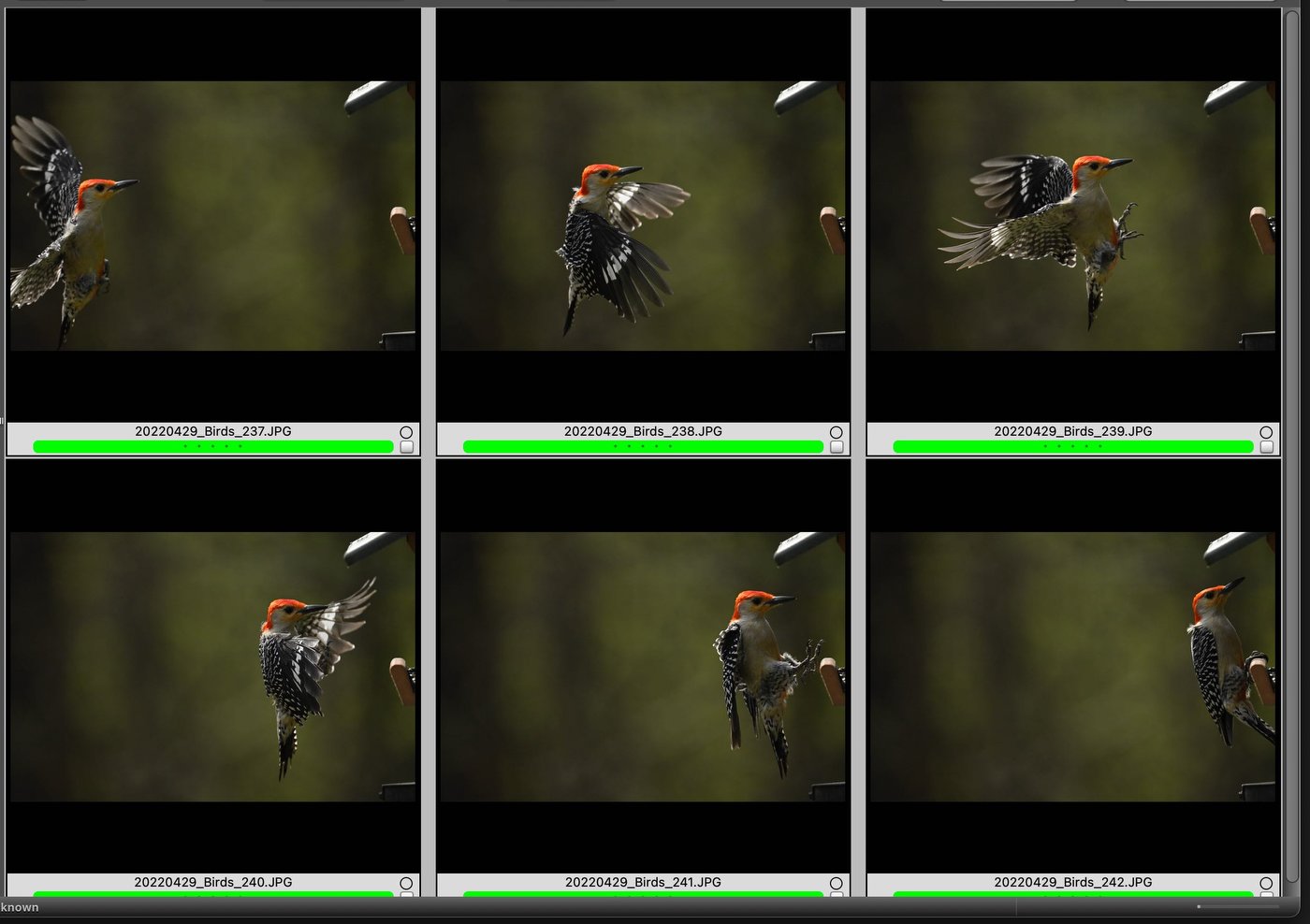
In this case, I framed the area just in front of the bird feeder and pre-focused, waiting for a bird to land at the feeder. Once I saw it land, I then pressed the shutter button, and ended up with a series of photos of it coming in to land before I actually shot.
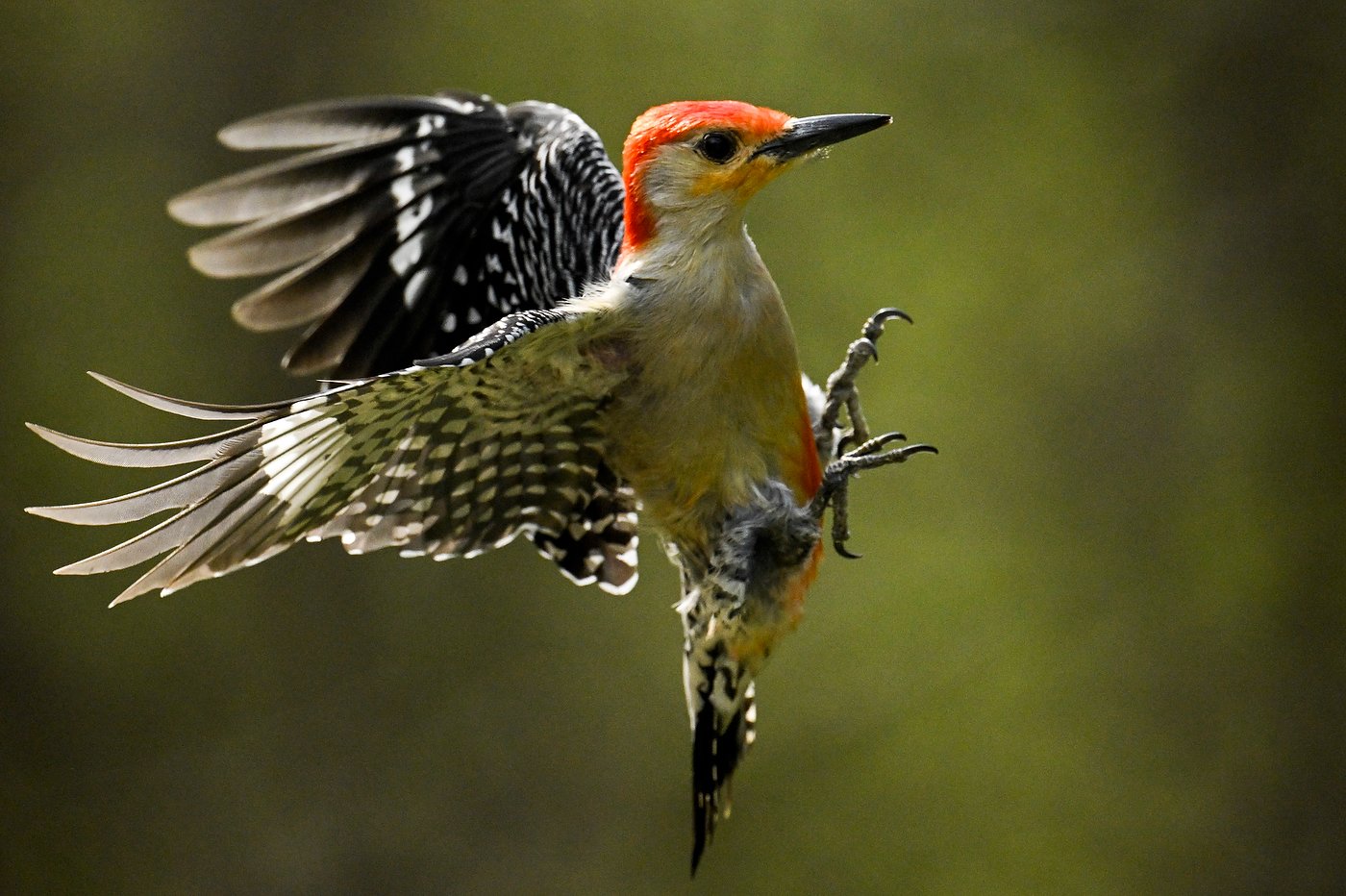
And this is the frame I chose to use. Nikon Z 9, Manual exposure, Sunny white balance, ISO 4000, 1/5000 at f/8 in Matrix metering, -1.0 EV, Nikkor Z 800mm f/6.3 VR S lens at 800mm.
This is definitely a game-changer for shooting action. Not necessary all the time, but in the right situations it means you’ll get more “keepers” than ever before. And remember, “Pre-Release” is just one of the new features added with firmware 2.0. Don’t even get me started on the ability to customize autofocus areas…
(If you like this story, please share it with your friends and let them know about the links on photography that I post on my business Facebook page. I’m also on Instagram and Twitter, @reedhoffmann. And if you’re curious about the workshops I teach, you can find them here. And, you can subscribe to this blog on my home page.)

